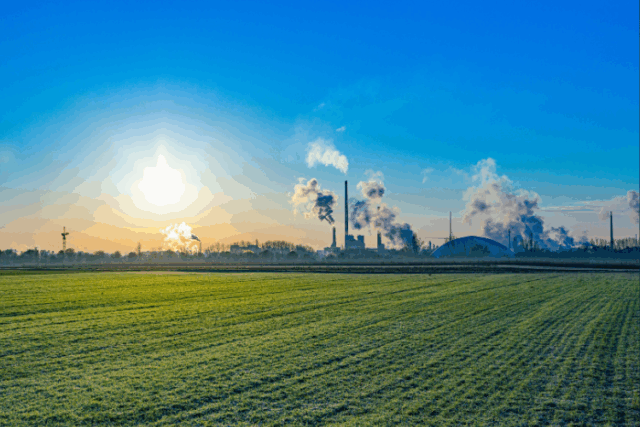Five ways energy strategy can improve margins for food and beverage brands
Food and beverage brands operate in one of the most competitive and cost-sensitive sectors. Margins are constantly under pressure, from raw material volatility and labour challenges, to tightening retailer demands and consumer expectations around sustainability.

Five ways energy strategy can improve margins for food and beverage brands
Food and beverage brands operate in one of the most competitive and cost-sensitive sectors. Margins are constantly under pressure, from raw material volatility and labour challenges, to tightening retailer demands and consumer expectations around sustainability.
Against this backdrop, energy can feel like just another uncontrollable cost. But the right energy strategy doesn’t just reduce risk. It can actively improve margins, strengthen supply chain resilience, and enhance brand credibility.
Here are five ways energy strategy can increase your profit portion.
-
Buy better: turn procurement into a competitive advantage
For food and beverage manufacturers, energy can be one of the largest overheads. Yet many still treat procurement as a transactional process, rather than a strategic one. Aligning contracts with production cycles, using market intelligence to time renewals, and exploring flexible purchasing options can all deliver cost savings. More than that, a better procurement strategy reduces exposure to volatility, which helps to protect margins when commodity prices spike.
-
Use less: cut waste from the factory floor
From ovens and chillers to packaging lines, energy-intensive assets run day and night across the sector. Without visibility, waste quickly accumulates, from equipment running during downtime, HVAC left on unnecessarily and refrigeration working harder than it needs to. Small changes in operational behaviour, informed by granular consumption data, can easily deliver fast wins. One bakery chain, for example, saved thousands of pounds annually by simply adjusting oven schedules to production demand. Less waste means leaner operations and better margins.
-
Harness data: unlock performance insights
Retailers and consumers increasingly want proof on sustainability, not just promises. That makes energy and emissions data a valuable asset. Monitoring energy consumption in real-time helps identify inefficiencies, highlight maintenance issues before they become costly, and track the success of efficiency measures. But the commercial advantage goes further, because transparent reporting builds trust with retailers, strengthens the offer in the tender process, and supports compliance with emerging disclosure requirements. In short, better data can mean better contracts.
-
Balance cost and carbon so efficiency becomes a margin multiplier
Cutting carbon is no longer just an environmental imperative; it’s also a financial one. Energy-efficient equipment, heat recovery systems, and process optimisation not only lower emissions but also drive down operating costs. Investing in on-site renewable generation, such as solar, also provides long-term cost certainty while supporting decarbonisation goals. And when efficiency projects are framed as margin multipliers rather than compliance costs, they become much easier to justify to the board.
-
Future-proof the brand to build resilience through sustainability
Food and beverage supply chains are evolving fast, shaped by consumer demand, retailer standards, and tightening regulation. Brands that can demonstrate tangible progress on energy efficiency and Net Zero are better positioned to win contracts, secure investment, and protect reputation. Building sustainability into the core of your energy strategy doesn’t just reduce today’s bills, it strengthens long-term competitiveness and resilience.
A new ingredient for margin growth
In a sector where every penny counts, energy strategy needs to become one of the main ingredients. By buying better, using less, harnessing data, balancing cost with carbon, and embedding sustainability into brand strategy, food and beverage manufacturers can turn energy from a cost centre into a margin driver.
The brands that bring energy strategy into the mix won’t just cut costs. They’ll win trust, contracts, and market share in a world where sustainability is almost as important as taste.
Related Insight
-

Market Insights
A guide to forecasting energy costs and consumption
Energy cost forecasting is no longer a luxury — it’s a necessity. For businesses in today’s volatile energy markets, predicting future costs and consumption can…
Find out more -

Net Zero Pathway
Everything you wanted to know about – target setting – but were too afraid to ask
Target setting is arguably the part of the Net Zero process that most people are fearful of, especially because the purpose of setting a target…
Find out more -

Net Zero Pathway
How to manage energy compliance regulations
As sustainability takes centre stage in business strategy, energy regulations are starting to change, quickly. Many organisations now face a growing list of energy compliance…
Find out more